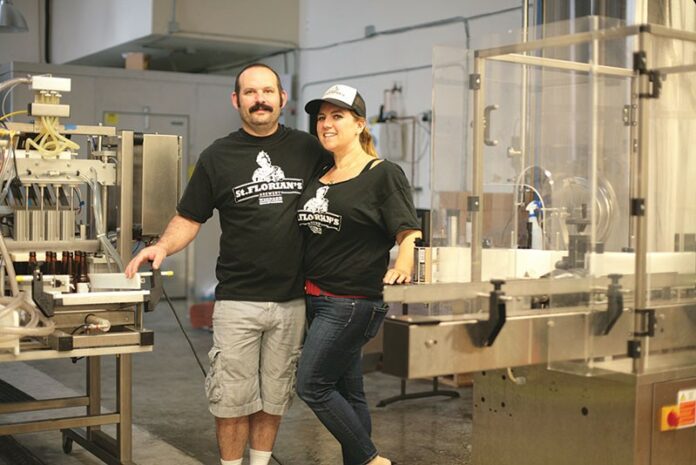The biggest threat to family farms in the North Bay isn’t urban sprawl, the rise of industrial agriculture or even climate change. It’s inheritance taxes.
“Estate taxes can be crushing,” acknowledges Jamison Watts, executive director of the Marin Agricultural Land Trust (MALT). Because the tax code determines the worth of inherited farmland based on its value for potential development rather than agricultural use, “heirs can be forced to sell just to pay the tax bills.”
For the past 33 years, MALT has offered a buffer, buying up the development rights for 72 family ranches in West Marin—46,000 acres of dairy and ranchland that comprise roughly half of the privately owned farmland in the county.
Purchased at a cost that averages $1,500 per acre over the years, these conservation easements permanently prohibit subdividing or building new non-agricultural development on the farms. But with MALT’s more recent purchases costing up to $3,000 per acre, it was agreed that stronger measures were needed.
The nonprofit’s response has been to begin incorporating a Mandatory Agriculture Use provision in their new development-rights purchases.
One of the first landowners to accept this additional restriction was Loren Poncia, a fourth-generation beef and lamb rancher whose family already had a lengthy, supportive relationship with MALT.
“What that says is, basically, no matter what we do with the property—if we sell it to an estate buyer, we sell it to somebody else down the road—it’s required on the title that agriculture is continued,” he explains. “We thought as a family, this is a great way to protect this ground and make sure that it stays productive in perpetuity. It might be vines or trees or row crops, but there will be agriculture there on that property forever.”
It also helps keep young farmers on those lands, adds Watts. “It will make it more affordable, either for the heirs to keep owning it as the generations go forward, or having new agriculturalists come in and purchase the property.”
While the Poncias were enthusiastic early adopters, others are more cautious. This approach is “a really personal decision” for property owners, notes Bill Keene, executive director of the Sonoma County Agricultural Preservation and Open Space District. “A lot of people, their land is their biggest asset, and so restricting that is something that they think real hard about,” he explains.
“It’s not that they’re opposed to agriculture so much as they want to make sure they leave their options open.”
While there is usually some additional compensation for the landowner in the short term, Keene says these “affirmative agricultural easements” require taking a long view.
“The market will change over time, and you have to think, not what’s happening today, but what might be happening 20, 30, 40, 50, a hundred years from now,” he elaborates. “You want to be careful not to dictate what goes on the land, but just to have it be in agriculture.”
To date, the Sonoma County agency has made only one such purchase, which was initiated by the Cotati-area property owner. But more may be coming.
“We do ask landowners that we’re working with who are actively involved in agriculture whether they’re interested in that,” Keene says, but “it’s still a new concept to most of them.”
MALT has so far completed four easement purchases with the ag-use requirement, and intends to apply it to all new deals. And that’s not all.
“Phase two is looking to go back and amend all of our old easements,” says Watts. “It would be voluntary on the part of the landowners. We wouldn’t be forcing this on anybody; there would be some compensation involved. And we’re still working on that number.” An answer is expected by next summer.
By applying the Mandatory Agricultural Use provision to more—maybe even most—of the land MALT has already protected, the agency hopes to also help sustain the entire ag sector of the local economy.
“It works both ways,” explains Watts. “The producers rely on the supporting infrastructure—the veterinarians, the truck drivers, the markets—and those supporting services rely on the production of agriculture. When you start taking pieces out of the puzzle, 500- to 1,000-acre ranches, and you have this fragmented agricultural landscape, you’re diminishing and weakening that critical mass.”
Or, as Loren Poncia sums it up: “It won’t just be open space that sits there and is unproductive.”











